Only One Is A Wanderer: 10 Behind-The-Scenes Facts About Vertigo
Although film students are forced to watch it so many times that they eventually can’t stand it, Alfred Hitchcock’s film noir-meets-psychological thriller Vertigo is hailed as one of the best movies of all time. Starring James Stewart and Kim Novak, the movie is just as captivating today as it was back in 1958.
A 2012 critics’ poll by the BFI’s Sight & Sound magazine determined Vertigo to be the greatest movie ever made, replacing the previous victor, Orson Welles’ Citizen Kane. Vertigo is an astonishing cinematic milestone of that size. So, here are 10 interesting details from the making of Vertigo.
10 Overseas Prints Of The Film Have A Different Ending
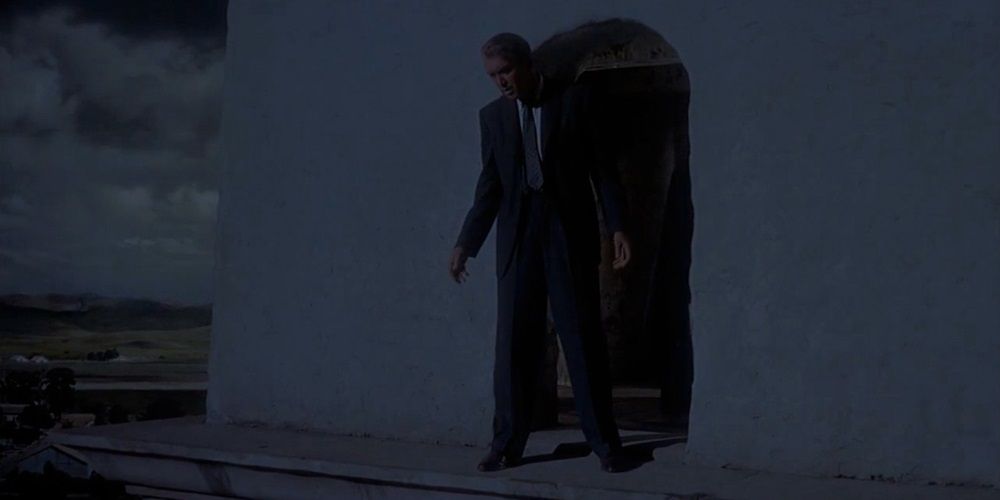
Although Alfred Hitchcock loved the ambiguous ending to Vertigo, the studio insisted on tacking on a final scene set at Midge’s apartment that was filled with exposition about where Scottie and Elster ended up.
Hitchcock successfully prevented the ending from being added to the U.S. release, but the studio managed to attach it to prints of the film that were going overseas to countries with stricter censors. This ending can be found as a bonus feature on some home media releases of the film.
9 The Invention Of The “Contra-Zoom” Cost $19,000
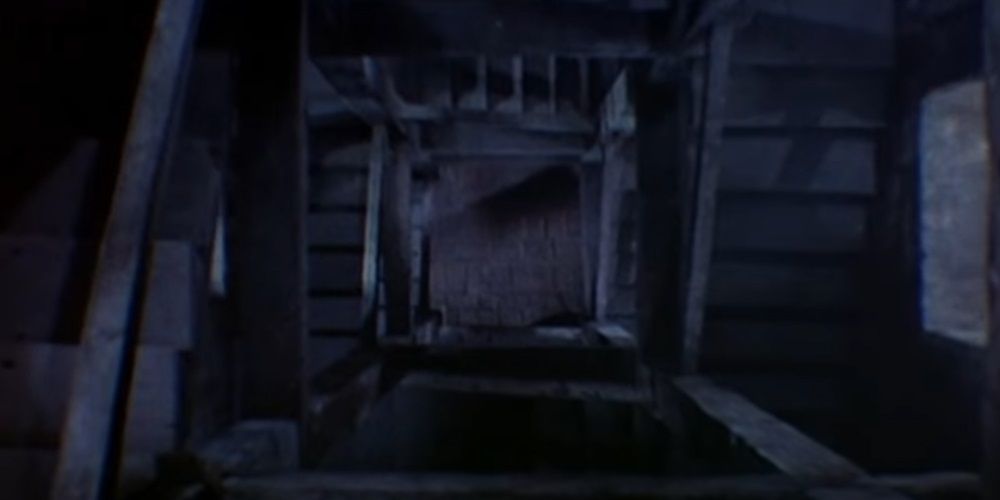
One of the greatest cinematic revolutions to come out of Vertigo is the “contra-zoom” (sometimes called a “trombone shot”) in which the camera zooms out and tracks in at the same time.
Second unit camera operator Irmin Roberts is credited with inventing the shot, but it wasn’t cheap. The shot looking down the mission stairwell cost a whopping $19,000 for a couple of seconds of screen time.
8 Vertigo Had A Ton Of Alternative Titles

When Vertigo went into production, the film was going by a different title: From Among the Dead, the literal English translation of the French source material’s original title. However, no one involved in the production liked it and they set about changing it. Hitchcock liked Face in the Shadow, but it was deemed too similar to A Face in the Crowd.
The studio hated the title Vertigo when Hitchcock came up with it and tried to fight it, suggesting many titles – including Without a Trace, Fear and Trembling, and The Dark Tower, and even offering to go back to Face in the Shadow – but Hitchcock rejected all their suggestions.
7 There Was A 25-Year Age Gap Between James Stewart And Kim Novak
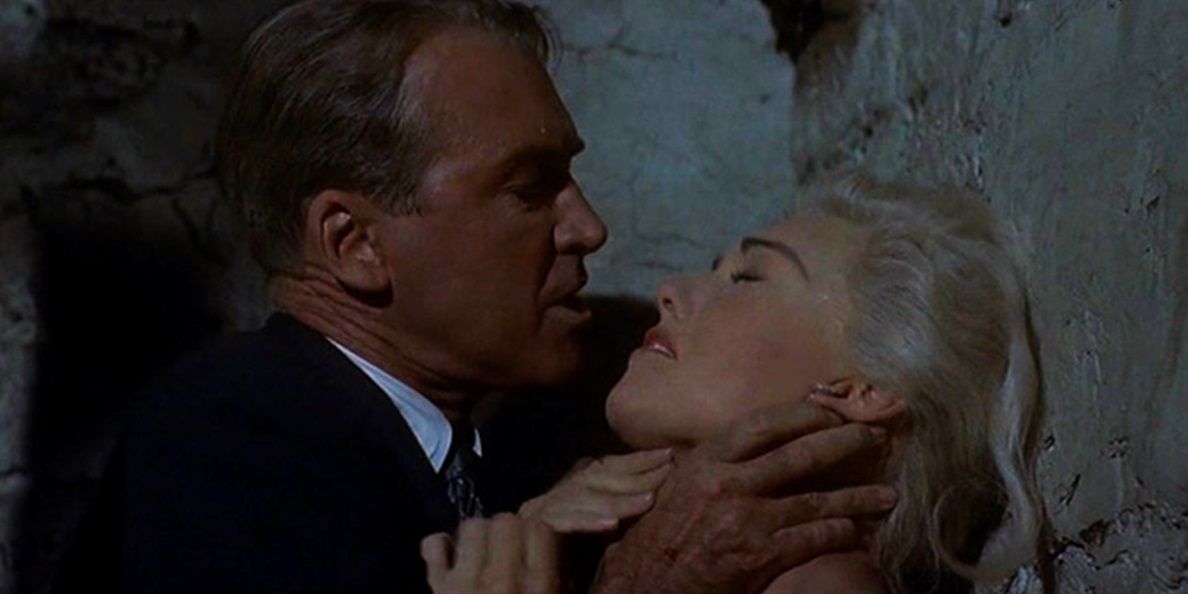
Years after Vertigo hit theaters and became a classic, Alfred Hitchcock admitted that James Stewart was miscast in the lead role, as he was too old, and considered that he should’ve gotten a younger actor.
There was a 25-year age gap between Stewart and his co-star Kim Novak – who, at the time of filming in 1957, were 49 and 24, respectively. Scottie and Midge are supposed to be the same age in the film’s story, but Stewart was 15 years older than Barbara Bel Geddes – and it shows.
6 Hitchcock Went To Extreme Lengths To Avoid Shooting On Location

Hitchcock wanted Vertigo that have a sense of realism, but he also despised shooting on location and avoided it as much as possible. If it could be done on a set, he did it on a set.
There are a few scenes in the film set at the real-life restaurant Ernie’s, but instead of shooting those scenes at the actual restaurant, Hitchcock had the whole interior reconstructed down to the last detail on the Paramount studio lot. He still brought in actual staff members and regular customers from Ernie’s to appear as extras.
5 Bernard Herrmann Came To Hate His Acclaimed Musical Score
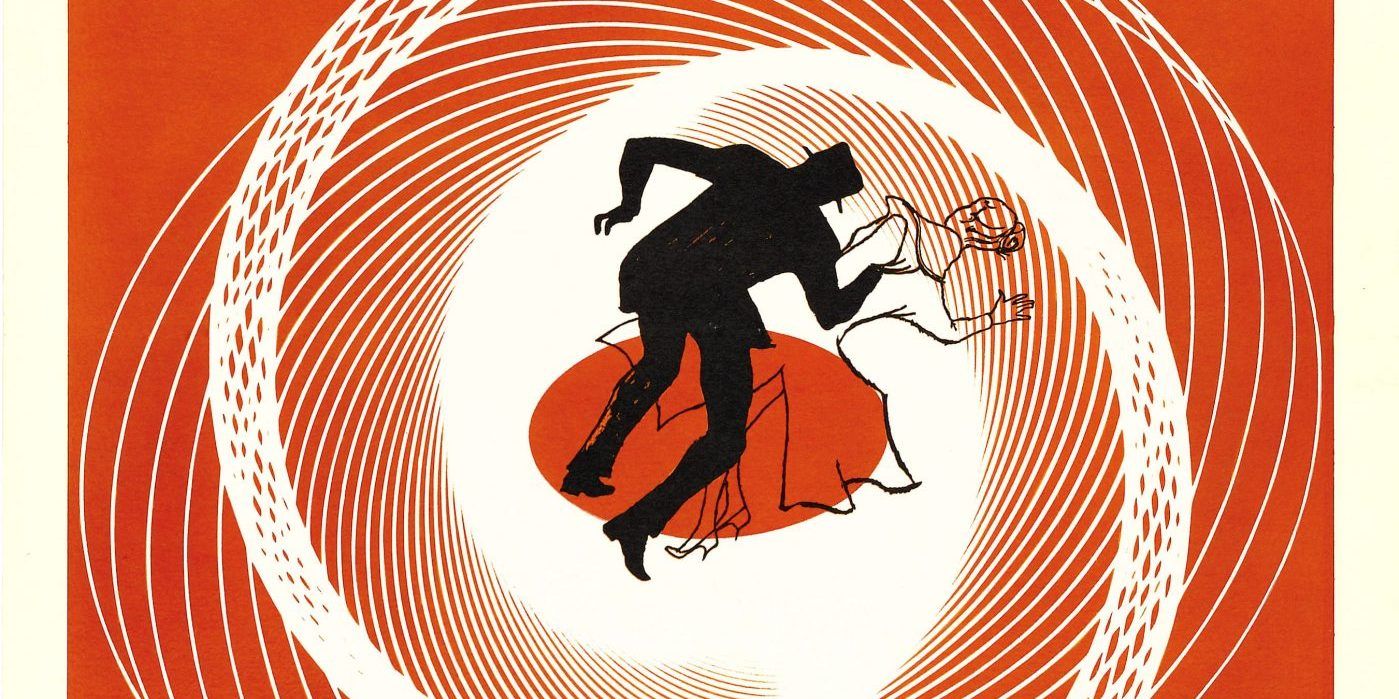
Bernard Herrmann’s score for Vertigo is often included on lists of the greatest film scores ever composed. But the composer himself came to hate his music in the film, as he wasn’t able to physically conduct and orchestrate the music.
At that time, not a lot of film composers actually had hands-on involvement in the orchestration of their scores, but Herrmann always demanded complete creative control in that department. Unfortunately, a musicians’ strike prevented him from being involved in the orchestration of Vertigo’s score.
4 The Film’s Screenwriter Credits Are Misleading
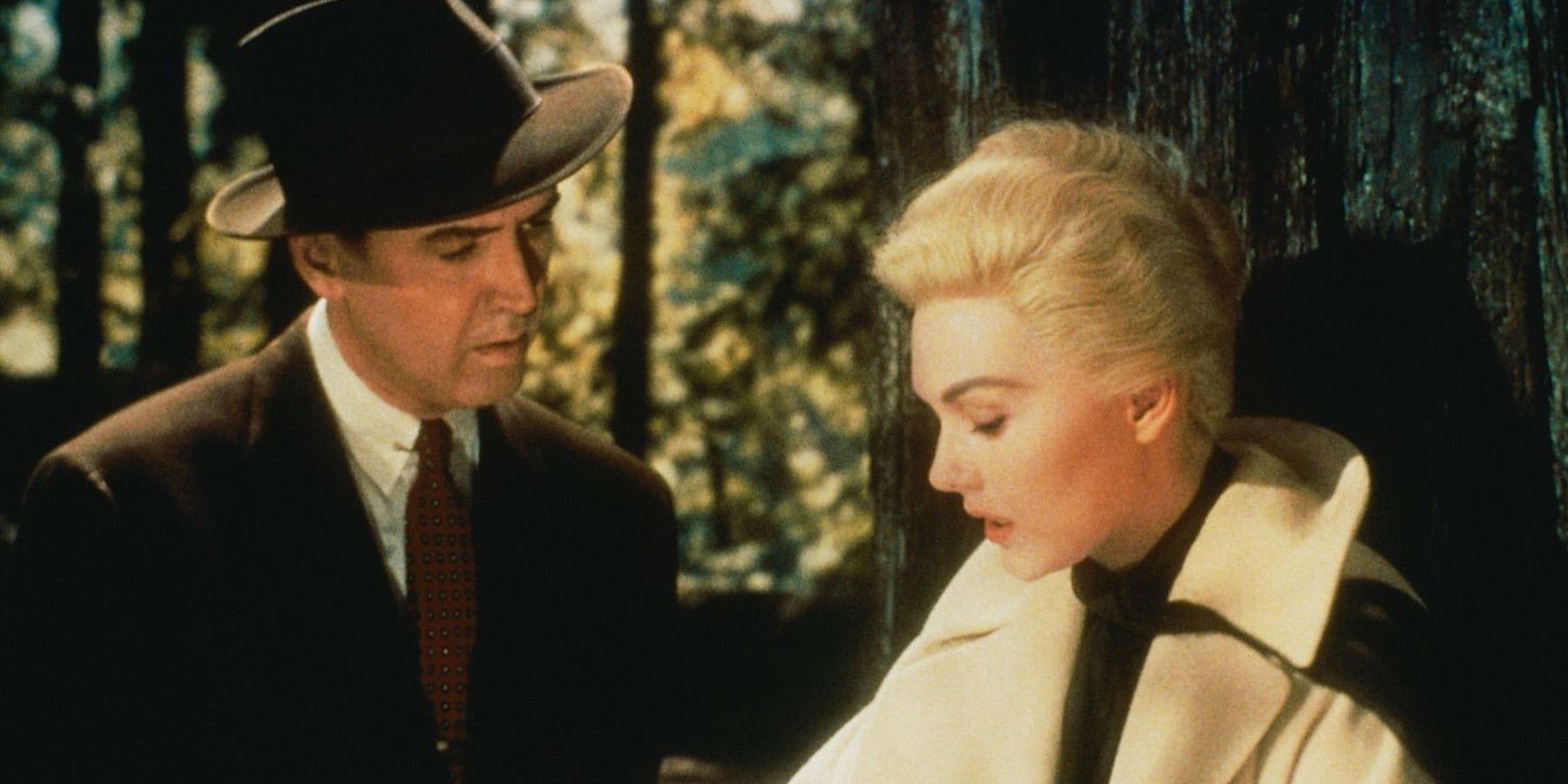
The screenplay for Vertigo is credited to Alec Coppel and Samuel A. Taylor, but these credits are misleading. Coppel didn’t contribute a single word to the final draft and was only credited for contractual reasons.
Meanwhile, Taylor didn’t read a word of Coppel’s version of the script or the original novel that the film was based on. The only previously produced material that Taylor worked from was Hitchcock’s plot outline.
3 Saul Bass’ Opening Titles Made Vertigo The First Movie To Feature Computer Graphics
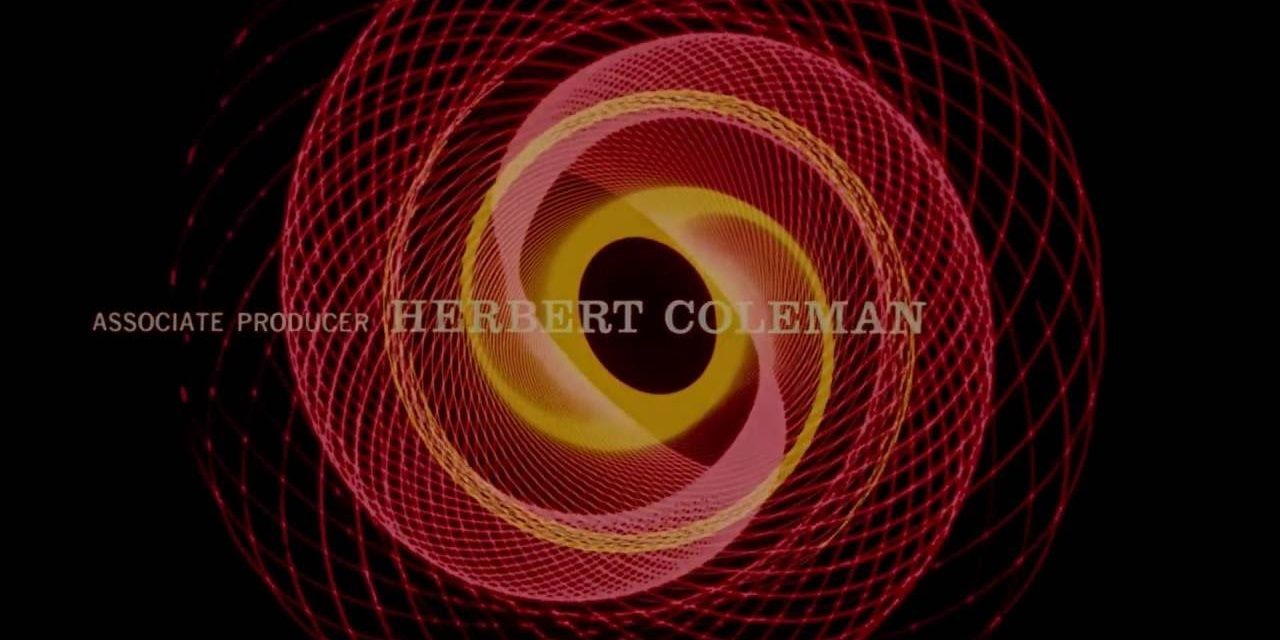
Saul Bass revolutionized the opening title sequences of movies. Until he came along with his impeccable graphic design skills to give opening titles a shot in the arm, they were just bland displays of text that gave people credit for their work.
Thanks to Bass, opening titles are now a part of the artistic identity of a movie. His iconic and groundbreaking opening titles for Vertigo made it the first ever movie to use computer graphics.
2 Kim Novak Wasn’t Hitchcock’s Top Choice For The Female Lead
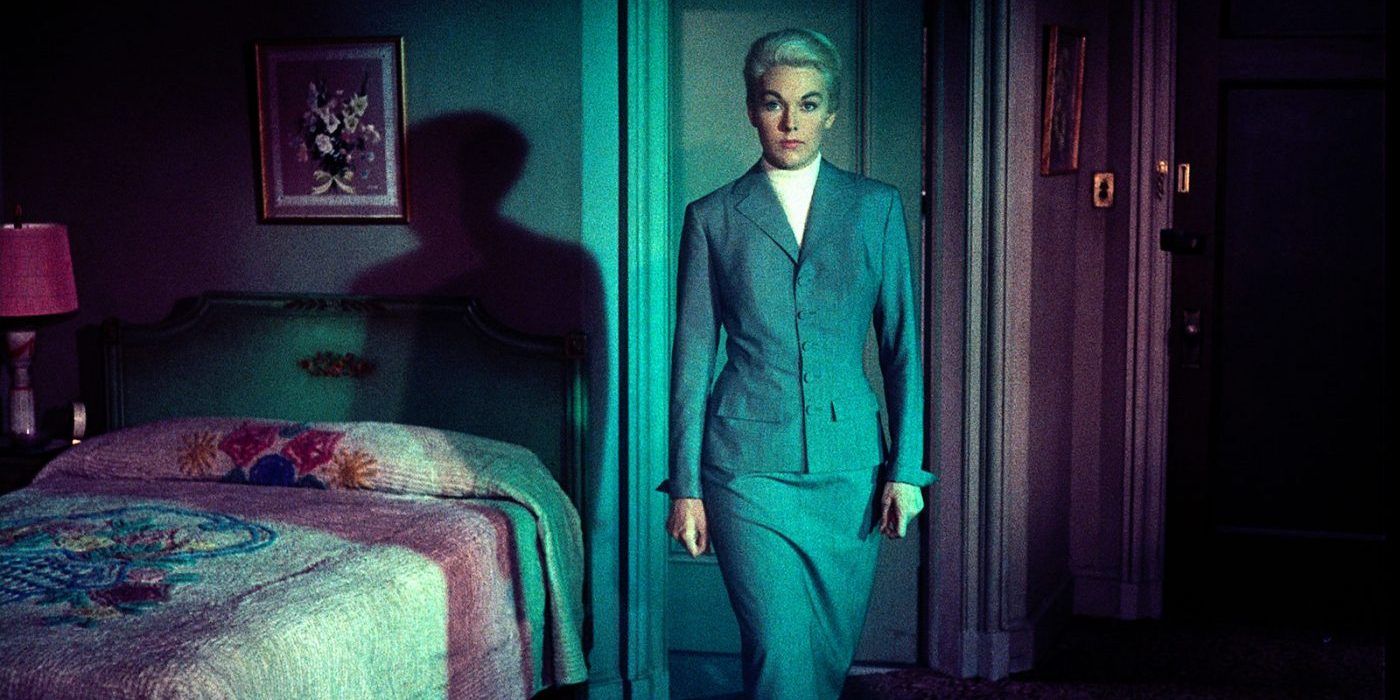
Alfred Hitchcock wasn’t happy with the casting of Kim Novak as Madeleine and instead wanted to cast Vera Miles, with whom he’d worked on a couple of projects. Miles even did a costume test for the part. However, she had to drop out when she became pregnant.
The studio was relieved when this happened, because they didn’t want Miles as their leading lady and instead wanted to cast Kim Novak, and this gave them an excuse to do so.
1 The Iconic “Vertigo Zoom” Was Created When Alfred Hitchcock Fainted At A Party
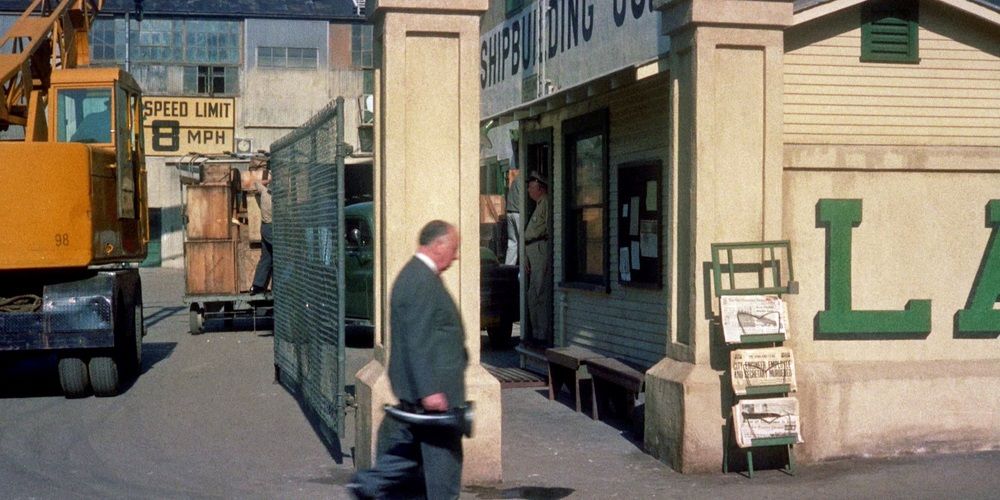
Hitchcock came up with the initial seed of the idea that became the iconic “Vertigo zoom” when he was making Rebecca. However, at the time, the technology wasn’t there and he couldn’t achieve it.
He initially got the idea to do a disorienting mix of tracking in and zooming out when he fainted at a party and his vision did a similar thing.
from ScreenRant - Feed https://ift.tt/2YgOwhA
via Whole story

Post a Comment